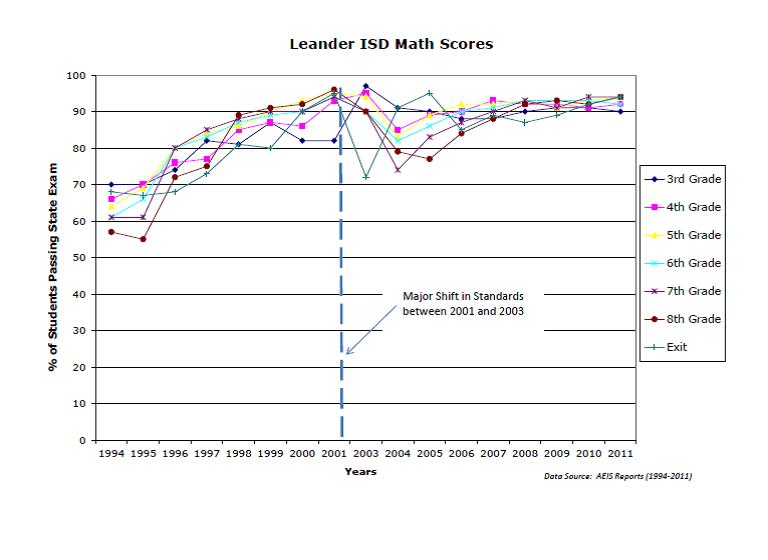FAQ
What makes Quality Learning different...?
...a scientific approach
Quality Learning is a scientific approach to organisational improvement.
It is not a program, but a continuous, systematic, collaborative approach to improving organisational performance and productivity. And for schools, improving the quality of learning and school life.
It is based upon our current best understanding of how learning and improvement occur.
...‘how to’ practical methods and tools
Knowing what to improve is not sufficient; you need to know 'how to' improve
Quality learning provides the 'how to'
There is much in the research that describes what our organisations, schools and classrooms need to look like to be successful and to thrive.
However, for those of us charged with improvement (and who isn’t?!), it appears there is little offered on how to achieve this necessary transformation.
For schools and classrooms the questions remain:
- How do we create cultures of high expectations?
- How do we achieve clarity and shared understanding about what teachers are to teach and students are to learn?
- How do we establish strong professional learning communities?
- How do we lead ongoing efforts to improve teaching and learning?
Quality learning tools and strategies provide practical and tangible ways
to affect change in our school system and lead to collaborative and
constructive collegiality between all stakeholders in children’s learning.
Carmel McCosker, St. Joseph’s Primary School NSW.
Quality learning is a holistic, systemic philosophy with practical ‘how to’ methods and tools. It draws on the important concepts of systems and statistical thinking, psychology, and epistemology.
...and a common approach for all
One of the many strengths of Quality Learning is that the philosophy, tools, methods and language are the same for everyone across the organisation - all stakeholders.
There is one approach for all stakeholders
However, the application of this common approach does not mean it is ‘one size fits all’. It allows for the uniqueness of each individual, classroom, school, organisation and system.
Does Quality Learning work?
The Quality Learning approach has stood the test of time.
It is over 20 years since the quality improvement philosophy and methods, based on the work of Dr W. Edwards Deming with industry, were first trialled in schools.
We have data to demonstrate continual improvement across a range of performance indicators for those classrooms, schools and districts using the approach. This includes:
The Leander Independent Schools District
The Leander Independent Schools District in Texas, USA, has been applying the Quality Learning approach across its 35 schools since 1992. Their performance shows significant improvement. The following chart illustrates the continual improvement achieved in the district’s State test scores for Math.

Leander Independent School District Student Mathematics Test Scores showing continual improvement 1994-2011
It is worth noting that this systemic improvement has been achieved during a time of student population growth from 2,000 to 33,000 students!
Learn more about the Leander story, watch the case study video: The Leander Way.
The impact of Quality in Schools
In 2009, a doctoral research project was completed to investigate the impact of Quality Learning on school education.
The improvement performance of a random sample of ‘Quality’ schools was compared to that of a control group of ‘like’ schools. The ‘Quality’ schools had participated in the Quality in Schools initiative in Victoria between 1997 and 2002.
The research showed improved performance in student learning (reading, writing and number) for the ‘Quality’ schools compared to ‘Like’ schools.
The research also revealed a significant positive correlation between Quality Learning and staff satisfaction.
Learn more about this research.
